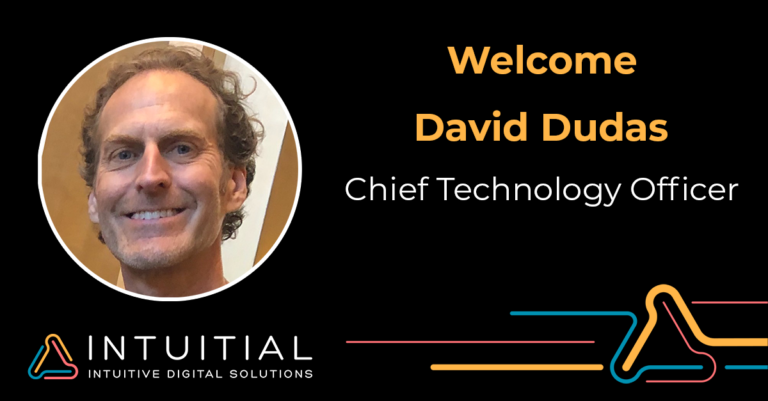Ten years ago, the U.S. government launched healthcare.gov, a primary portal meant to provide millions of Americans access to health insurance under the Affordable Care Act (ACA). The website’s launch was highly anticipated, but when the day came, technical difficulties plagued the site, making it nearly impossible for many to register or even access basic information.
The Rocky Start
The launch of healthcare.gov was nothing short of problematic. Frequent crashes, long loading times, and registration errors quickly became the face of the ACA’s online presence. Critics and supporters alike were disappointed, questioning how such a significant government project could falter so severely.
The Tech Surge
In response to the mounting issues, the Obama administration announced a “tech surge,” calling on experts from tech giants like Google, Red Hat, and Oracle to rescue the floundering site. Leading this group was Mikey Dickerson, a former Google engineer, who would later become the inaugural administrator of the newly formed United States Digital Service (USDS).
Rise of the Digital Services
The challenges of healthcare.gov highlighted a broader issue: the U.S. government’s approach to technology was outdated and inefficient. Recognizing this, the Obama administration took bold steps:
- United States Digital Service (USDS): Formed in 2014, USDS is a team of top-tier technologists working at the highest echelons of the federal government. Their mission? Transform how the government approaches digital services to ensure they are user-friendly, robust, and effective.
- 18F: Almost in tandem with the USDS, the General Services Administration (GSA) initiated 18F. Named after its address in Washington, D.C., 18F serves as a digital consultancy for government agencies, advising on best practices for digital services.
- Digital Services Playbook: This playbook, created by USDS, became a beacon for all federal digital projects. It encapsulates key ‘plays’ or best practices drawn from both the private sector and government on building successful digital services.
The Private Sector’s Role
While the government was building its digital muscle, it was essential to lean on the private sector’s expertise. Companies that once had only cursory interactions with government operations now became crucial partners. Their experience in handling vast digital ecosystems and user bases proved invaluable in not only rescuing healthcare.gov but also in shaping the future of government digital services.
Looking Back to Look Forward
A decade later, the legacy of healthcare.gov’s rocky start is not one of failure, but of transformation. It was a clear signal that change was needed, leading to a decade of digital evolution in the government. Today, thanks to these efforts, many government services are more accessible, user-friendly, and reliable than ever before.
While challenges remain, the events that unfolded ten years ago undeniably set the stage for a digital-first approach in government, ensuring that the public receives the quality of services they deserve in the modern age.
The Path Ahead with Us at Intuitial
As we reflect on a decade since healthcare.gov’s launch and the progress that has been made in digital services, we at Intuitial are proud to be part of the ongoing evolution. Our dedication to enhancing user experiences and pioneering innovations has always been influenced by such pivotal moments in digital history. Celebrating the strides of the past decade reminds us of our mission and fuels our passion for what’s to come. Here’s to the next ten years of growth, learning, and driving government digital evolution forward, together.




